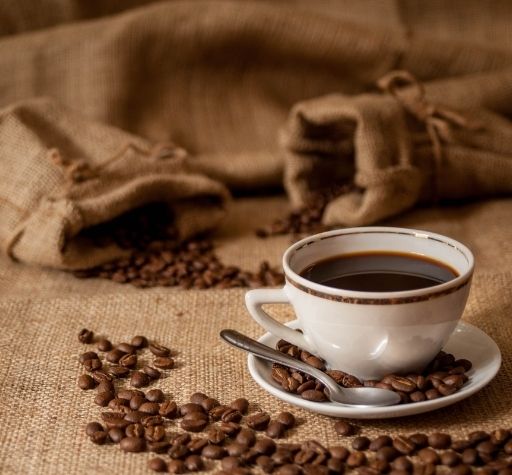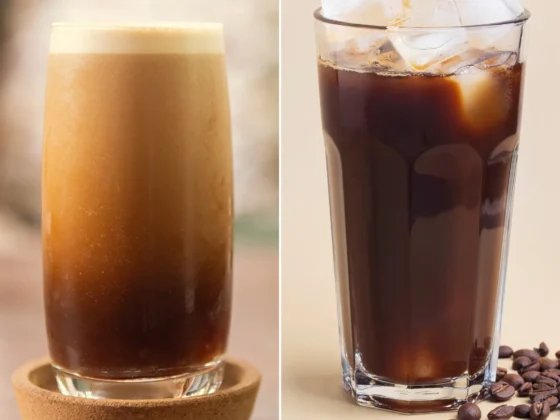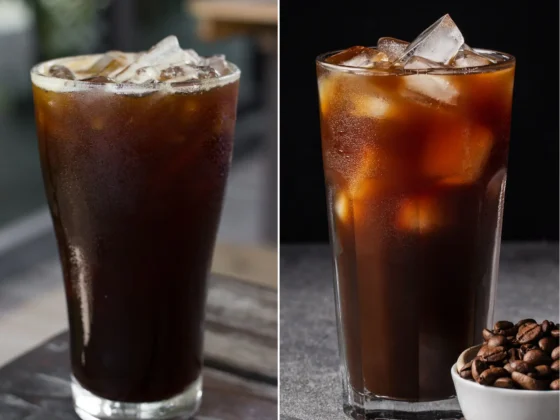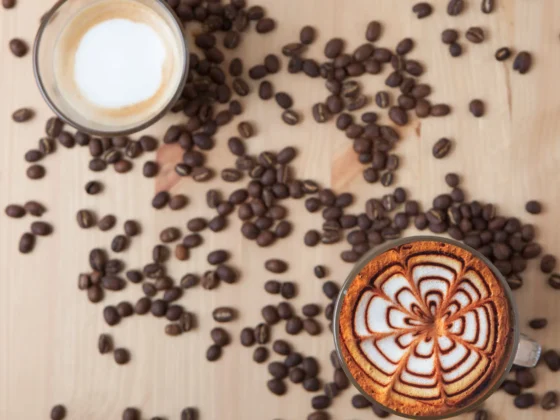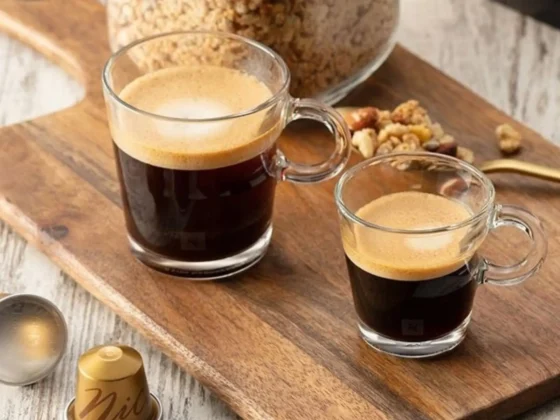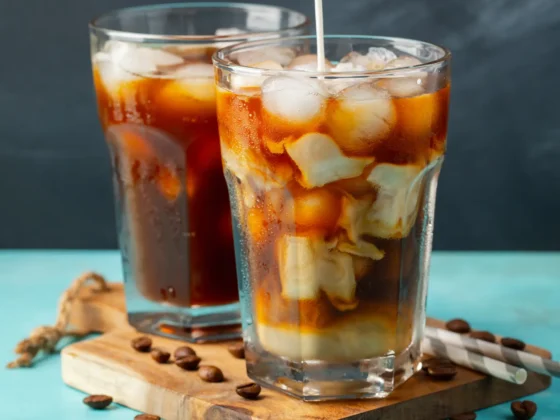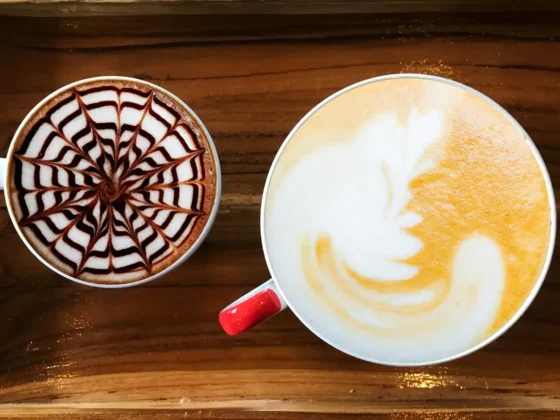There is no beverage more fascinating and versatile than coffee. After all, there is a myriad of different ways to prepare and consume this drink; Bica Coffee being one of the most peculiar and interesting ways to do so. Bica is also called Portuguese Espresso. Yet, this particular style of coffee isn’t as well known as the famous Italian variant.
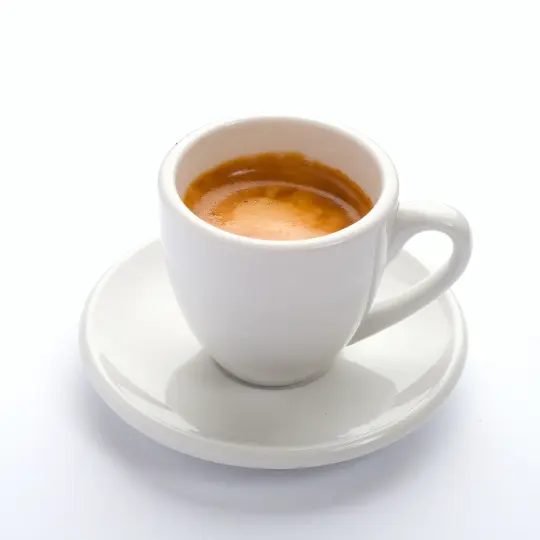
That said, many are left wondering, what is Bica Coffee and where does it come from? Similar to other coffee drinks, Bica requires baristas to use specific tools and ingredients if they wish to make it properly. So, make sure to keep reading as we delve deeper into what makes the bica distinct from other espresso and other coffee styles.
What is Bica Coffee?
Bica Coffee is perhaps the most popular way to consume coffee in Portugal as it is typically enjoyed throughout the day. Some drink it for that much-needed energy boost during the bustle of a mid-morning workday while some enjoy it over conversation with friends and other social situations. It is also typical for people to drink a cup of Bica after each meal. It usually comes with a generous serving of sugar on the side.
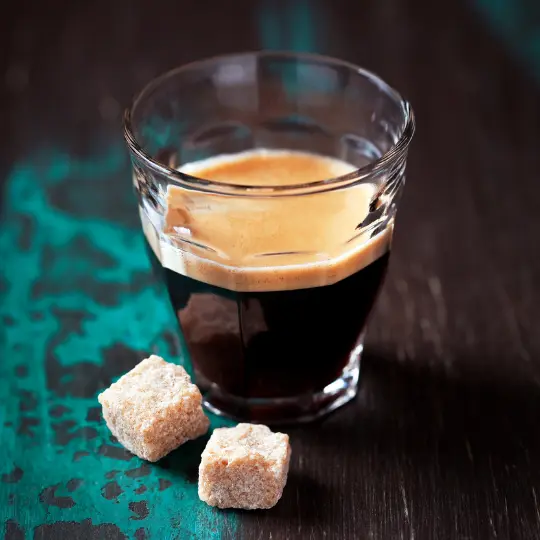
This leads us to one of the more prominent versions of how this drink came to be known as “bica”. A lot of coffee experts suggest that bica is an abbreviation of the Portuguese phrase “beba isto com açúcar” – translated to drink this with sugar. Of course, there are other versions of this tale.
The Term “Bica”
For instance, some believe that the term “Bica” comes from the brewing process. This is because it sounds similar to the words for “fountain” and “water spring” in Portuguese. Hence, some people believe that the name for the drink was inspired by the way the liquid falls from the espresso machine into the cup on a tray.
It is worth noting here that, contrary to popular belief, bica and espresso are wholly different drinks. Aside from the use of sugar to consume bica, it also has a notably larger extraction volume and a longer shot time compared to Italian espresso. Some may even argue that it is closer to a cafe lungo in that regard.
Key Differences
These differences in the recipe helps bring out the key characteristic elements of these coffee beans. Specifically, the beans used for Bica coffee are usually lightly roasted (also referred to as Portuguese-roasted). The longer shot time used for the recipe helps bring out the acidity.
A short and sweet coffee drink, Bica coffee is traditionally served in a demitasse cup. It is known for its distinctively sweet taste. It also has hints of citrus that simply can’t be missed. This is complemented by balanced notes as well as a smooth and velvety texture.
Where does Bica Coffee Come from?
The Café A Brasileira coffeehouse is credited as the birthplace of Bica. Established in 1905, it sought to popularize coffee as a drink among Lisbon residents. It did so by selling what it called genuine Brazilian coffee – as it used beans coming from the Brazilian state of Minas Gerais.
It is worth noting that, like Cafe Americano, the history of making Bica is inextricably tied to espresso’s explosion into global fame following the decades after the Second World War. Similar to the American soldiers stationed all over Europe, most Portuguese coffee drinkers found the strength and sharpness of espresso to be a bit much. However, instead of adding hot water to dilute the drink, the baristas at Café A Brasileira coffeehouse opted to add sugar into the mix to make it more acceptable to their customer’s taste buds.
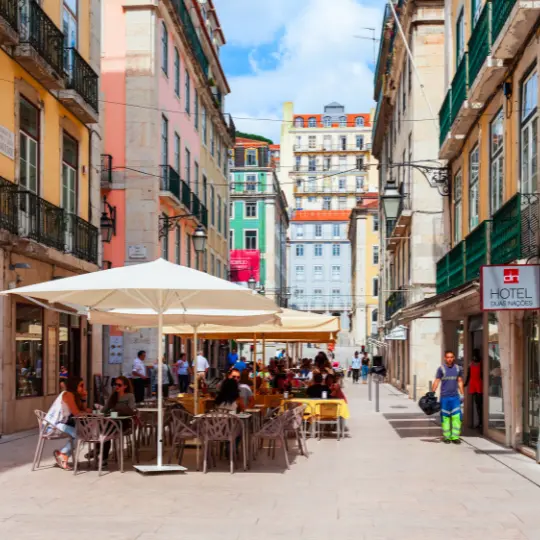
Needless to say, the origin of Bica is proof that coffee can embody a particular culture’s pallet and preference. Bica’s recipe and the specific ingredients that go into making this coffee drink make it an undeniably Portuguese beverage – one that caters specifically to people with a sweet tooth.
Why is it called Portuguese Espresso?
Without a doubt, the comparison between Bica coffee and traditional espresso has some merits. After all, the connections between making these two drinks are crucial and undeniable. There are also similarities when it comes to ingredients and recipes.
At a glance, it is so easy to mistake these two drinks for the other. It is often impossible to tell them apart without tasting them. Specifically, the similar appearance and volume of the two drinks make them seemingly interchangeable. For instance, because Bica is served in a demitasse cup, this would often lead people to confuse it with a shot of espresso. Moreover, the Bica coffee in Portugal even has a hazelnut-colored cream that is reminiscent of the crema we often see in Italian espressos.
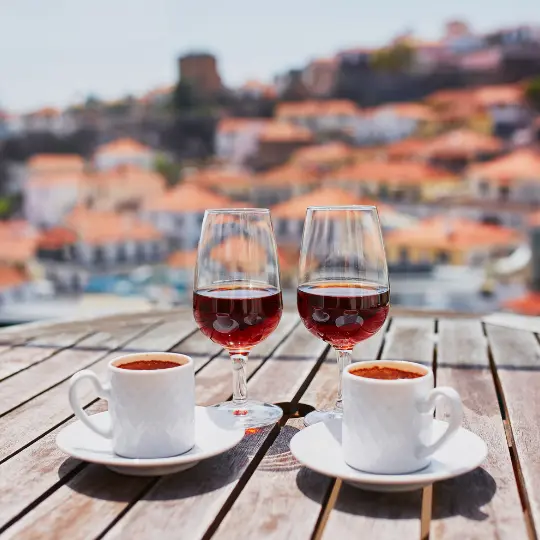
Taken together, it is not hard to see why it is considered by some to be the Portuguese version of espresso. Aside from the distinctively sweet taste of Bica, you can hardly tell them apart.
How is Bica Coffee Made?
Now that we have gone over exactly what Bica coffee is, it is time for us to go deeper into the process of making this delicious coffee drink. For those who have experience brewing traditional Italian espresso, you will probably find the tools, recipe, and ingredients used here to be a bit familiar. This should hardly come as a surprise as both drinks share the same DNA.
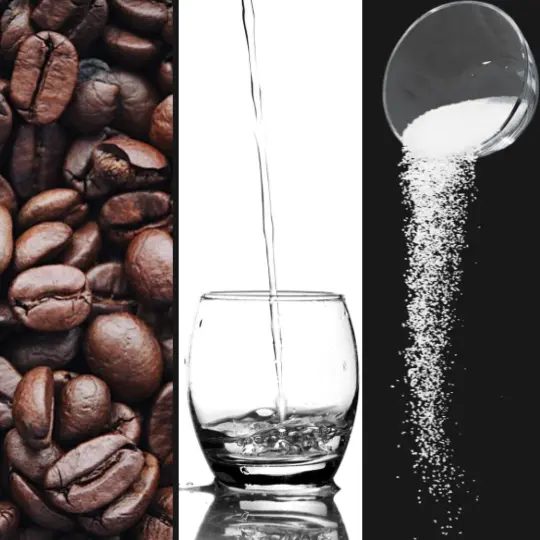
However, the importance of these subtle differences in the recipe can’t be overstated. These seemingly minor changes set these two drinks apart.
Ingredients
Listed below are the ingredients that you will be needing for this recipe:
• Beans – Be sure to get lightly roasted beans for authenticity. That said, the freshness and quality of the beans should be your top priority. Stale beans will make a terrible drink, no matter how fancy your equipment may be. Take note that the aroma and flavors of the coffee will fade over time. So, be sure to check the roasting date of your coffee. In addition to this, you should also make sure to buy whole beans and not ground coffee – trust us this will make a world of difference later.
• Water – At the risk of sounding too blunt and obvious, you should make sure that the water you are using is clean, fresh, and clear. As any coffee expert would tell you, water plays a crucial role in making the perfect cup. This is because your coffee is 98% water. So, it is unsurprising that it will play a major role in the outcome of your recipe. That said, you can never go wrong with filtered water.
• Sugar – Sugar is perhaps one of the most important ingredients in making Bica as this is what gives the beverage its distinctive sweetness. There are a couple of options available to you. For instance, white sugar, brown sugar, and raw sugar remain popular options. You can also choose alternative sweeteners like Stevia if you are watching your sugar levels.
Tools
When it comes to making Bica coffee, there aren’t a lot of specialized tools that you will be needing. If you already have an existing espresso set-up at home, then the tools you have will be good enough to do the job. That said, here are the tools that you will be needing to make Bica:
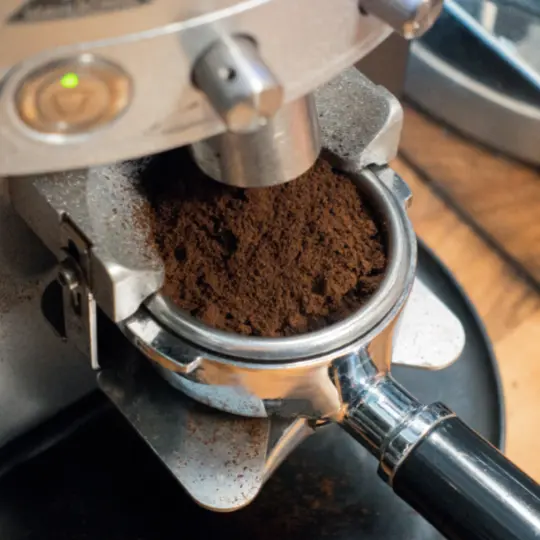
Coffee Grinder
One of the secrets to making a great cup of Bica is grinding your beans as needed. This is because grinding them fresh ensures that you can experience the optimal aroma, flavor, and intensity that your beans have to offer. For this, you have two options: a hand grinder or an electric burr grinder. Just remember that while the former is the more affordable and compact option, it will require more effort and patience on your part especially since you are grinding your beans finely. Electric grinders, on the other hand, can be a bit pricier but they are certainly more efficient.
Espresso Machine
This is another indispensable piece of equipment that you will need to make a proper cup of Bica. As with the coffee grinder, you can opt for the manual or the automated options. Both options can undoubtedly produce a great cup. It will ultimately be a matter of your budget and preference.
How to Make Bica Coffee: Step-by-Step Guide
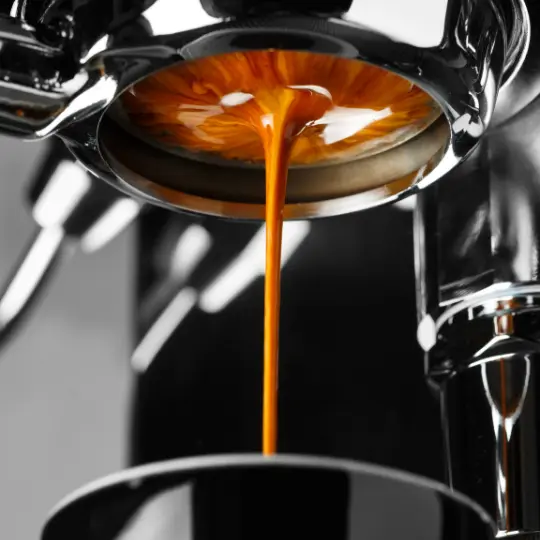
Now that we have covered the ingredients and the tools you will need to start making Bica coffee, it is time to delve into the actual recipe. Be sure to follow the steps below:
- Adjust your grinder settings – The first thing you need to do is to adjust your coffee grinder settings to ensure that you are grinding fine enough. To give you a better idea, it should be less coarse than sand, with powder-like consistency. Just make sure to not overdo it as you wouldn’t want to clog your portafilter.
- Grind – For this recipe, we’ll be using 18g of coffee. Put it in your coffee grinder and let it do its job.
- Prepare your shot – Once you have ground your coffee, you can now put it in your portafilter. Make sure to level and tamp the coffee properly. Remember that an even and level distribution of your coffee grounds is crucial to making sure that this recipe turns out great.
- Secure the Portafilter – Secure your portafilter by making sure that it is locked in place.
- Pre-infusion – If your espresso machine has a pre-infusion option then you should make the most of it. Let the bed of coffee soak for 10 seconds as the machine gets ready to reach full pressure.
- Brew a longer shot – For this recipe, you should aim for a shot time of 25-30 seconds, excluding the pre-infusion stage. At the same time, you will want to produce around 75-80ml worth of coffee.
- Serve and Enjoy – Add your sugar or sweetener of choice according to taste.
How is Portuguese Espresso Different from Italian Espresso?
As already established above, there is a lot of common ground when it comes to making espresso and Bica. Based on the recipe presented above, as well as the ingredients and tools listed, the similarities between the two can be uncanny. However, in this case, the subtle changes made are what ultimately sets Bica apart.
For instance, one of the most noticeable differences that immediately become apparent is shot time. As presented in the recipe above, making a proper Bica requires around 25-30 seconds plus an additional 10 seconds of pre-infusion. Remember that a traditional espresso shot should take around 20 seconds. While this may seem like a negligible difference to the untrained eye, professional baristas would tell you that this is a significant difference as it greatly affects the final drink.
It is also worth noting that the long shot also creates another noticeable difference: the Bica is more voluminous. Compared to a 30ml espresso shot, the Bica requires around 75-80ml. Coffee geeks would even argue that this type of shot is more akin to a Lungo than an espresso.
Of course, there is a reason for this recipe requiring a longer shot. As stated in the ingredients section above, it is highly recommended that you use light roast coffee beans. The process of making Bica, as outlined in the previous section, helps bring out the citrus flavor notes typical for light roasted coffees.
Finally, another key difference between Bica and Espresso is the use of sugar or other alternative sweeteners. Instead of drinking it straight, Bica relies on sugar to achieve its unique flavor.
Wrap Up
Bica coffee is an example of how subtle changes to a familiar beverage can transform it into something completely new and exciting. The phrase ‘beba isto com açúcar’ tells you everything you need to know about this coffee drink – drink it with sugar. Its strong flavors and similar recipe may warrant comparisons to other coffee styles like Espresso, yet its sweetness and the way it is ultimately consumed show that this is an undeniably Portuguese style of coffee.
Unsurprisingly, the Bica is one of the most popular ways to consume coffee in Portugal because it caters specifically to that culture’s pallet. However, with the recipe presented above, nothing is stopping you from making a cup for yourself.
Bica Coffee FAQs
What is the most popular coffee in Portugal?
Bica is the most popular way to drink coffee in Portugal. It is a regional coffee drink that is enjoyed by millions of Portuguese as it appeals specifically to their pallet. Noticeably strong and sweet, it can be consumed during different parts of the day – giving its drinkers that boost of energy they need.
What does Bica stand for in Portugal?
Bica stands for “beba isto com açúcar” – drink this with sugar. When coffee was first introduced, it was widely considered to be too bitter and unappealing to the Portuguese pallet. The addition of sugar in Bica helped popularize it.
What kind of coffee is popular in Portugal?
Bica is the most popular kind of coffee in Portugal. It is served in a demitasse cup with sugar on the side. It is distinctively sweet with hints of citrus and a smooth velvety texture. These elements give its drinkers a well-balanced and thoroughly enjoyable experience.























